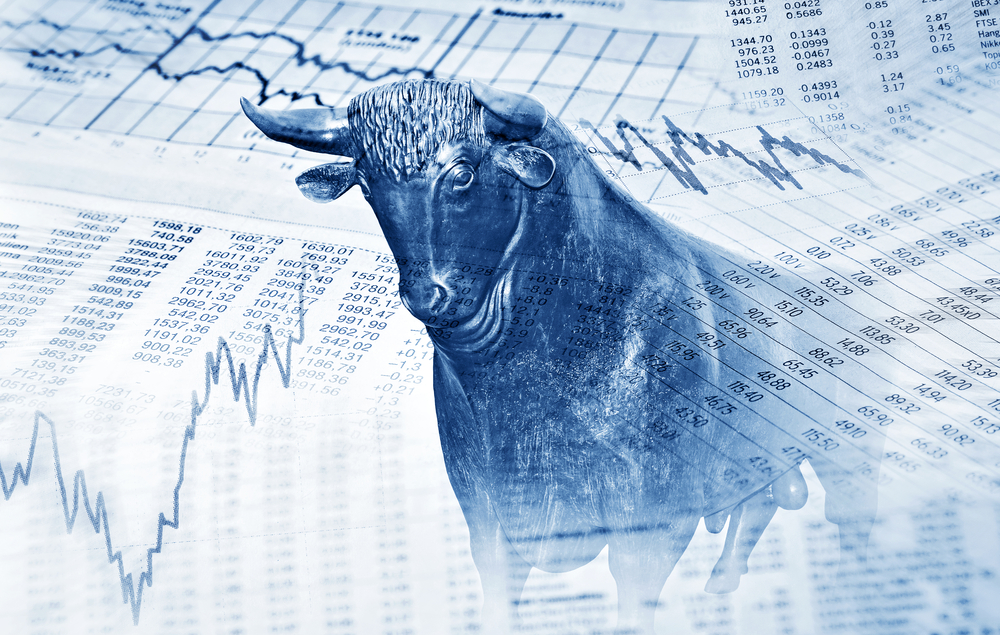Fixed income ETFs in Europe saw record inflows last month amid predictions central banks are set to slow the pace of rate hikes over the rest of the year.
According to data from Bloomberg Intelligence, investors piled €9.5bn into European-listed fixed income ETFs in January alone.
Skyrocketing inflation and the subsequent interest rate hikes across developed markets created one of the worst environments for fixed income in 2022.
However, bonds are back. With yields now trading at attractive levels and forecasts of peak inflation, investors are once again bullish about the prospects of the asset class.
“January was a broadly positive month for financial markets with both bonds and equities rallying,” Paul Syms, head of EMEA ETF fixed income product management at Invesco, said. “Within fixed income, credit markets led the way as lower-rated bonds outperformed higher-rated bonds, in line with the risk-on tone from equity markets.
“However, high quality government and inflation-linked bonds also produced solid returns as confidence grew that central banks would slow the pace of rate hikes in coming months which could lead to the soft landing that would be positive for many asset classes.”
There was particular demand for euro-denominated bond ETFs which also saw a record €5bn inflows over the same period.
Highlighting this, the iShares Core € Corp Bond UCITS ETF (IEAC) has gathered $1.1bn since the start of the year, as at 15 February, while investors poured a combined $1bn the iShares € Corp Bond 1-5yr UCITS ETF (IE15) and the iShares € Corp Bond SRI UCITS ETF (SUOE), according to data from ETFLogic.
Syms explained the shift towards euro-denominated debt follows a period where investors favoured US dollar-denominated bonds to avoid the impact of Russia’s war in Ukraine and higher energy prices on the eurozone.
“Investors are now returning to euro-denominated bonds, particularly investment grade credit where spreads are trading at wider levels than their US dollar-denominated counterparts,” he added.
Looking ahead, inflation remaining higher than market expectations is the biggest risk to the outlook for fixed income.
On Wednesday, the latest inflation reading in the US caused the first wobble in the risk-on rally so far this year. The Consumer Price Index (CPI) rose 6.4% year-on-year, above market expectations of 6.2%, which drove 10-year US Treasury yields to their highest level since 3 January at 3.80%.
“We see the equity risk/reward as skewed to the downside, as upside potential for markets is likely fairly limited given stretched valuations and high rates while downside could be meaningful,” Marko Kolanovic, chief global markets strategist and co-head of global research at JP Morgan, said.
Echoing his views, Syms said US dollar-denominated credit spreads could be vulnerable to a hawkish Federal Reserve.
“Following the recent rally, spreads on traditional high yield are trading tighten than the long-term average,” he continued. “Its lower issuer rating could make it more vulnerable to an economic downturn.”
Related articles






